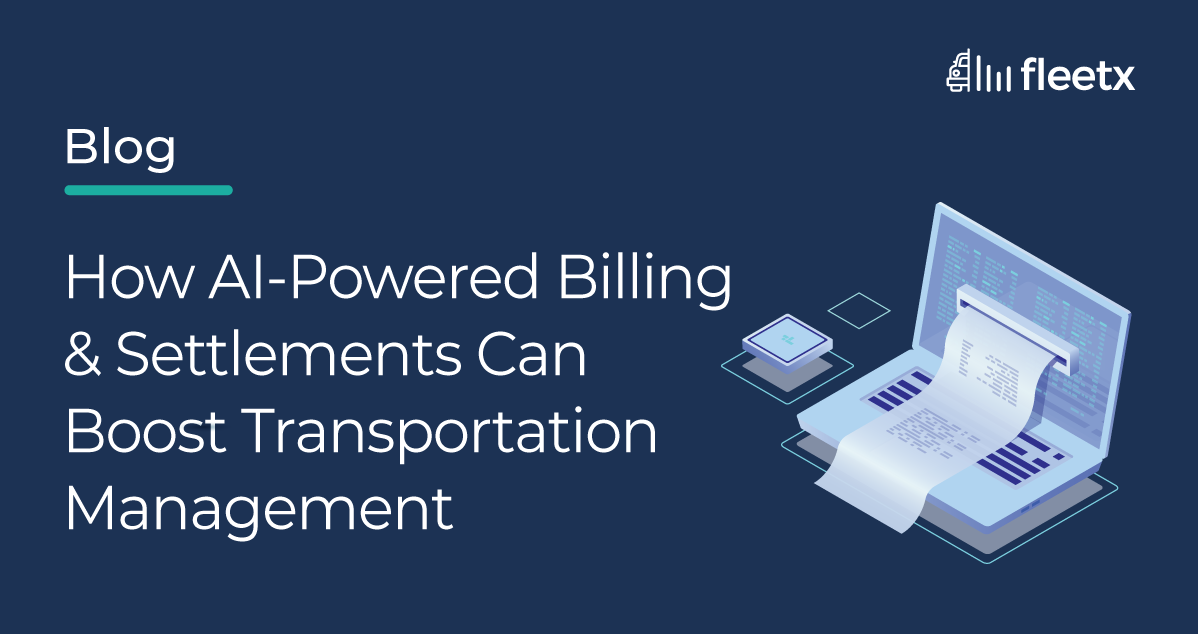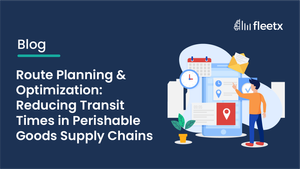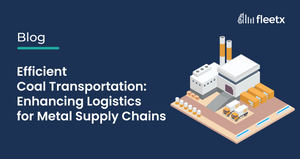
Infrastructure serves as a critical indicator of a nation's economic power, and India is no exception. Robust infrastructure is the goal of the government, and they are making great progress on this front. This infrastructure includes roads, railways, buildings, bridges, and pipelines for utilities like gas, water, and sanitation, relies significantly on steel.
It should come as no surprise then, that rising steel consumption is often considered a reflection of growing economic development; for India to reach its ambitious 5 trillion-dollar economic goal, the growth of its steel industry is paramount. Steel, often referred to as the 'backbone' of development, has the potential to catapult India into a global manufacturing hub, providing substantial support to the 'Make in India' campaign.
In order to provide support for this growth, it is important to examine how efficient fleet management can enhance the cost-effectiveness of steel transportation and contribute to India's economic growth.
Join us as we explore the distinct challenges faced by India's steel industry and how innovative transportation solutions can significantly reduce costs and further boost India's economic progress.
The Cost Challenge
Transporting steel products from production facilities to end-users or distributors is an intricate operation, involving various modes of transportation, including trucks, trains, and ships, and long supply chains. This complexity often leads to inflated freight costs, impacting the steel industry's profitability. Fortunately, there are solutions available that can help streamline fleet management and reduce these costs significantly.
By implementing innovative fleet management systems, steel companies can efficiently navigate this intricate process, optimize costs, enhance supply chain visibility, and ultimately, bolster their position in the highly competitive steel industry. This not only leads to cost savings but also ensures timely and efficient deliveries, which are crucial for maintaining customer satisfaction and market competitiveness.
5 Reasons Why
1. Inefficient Route Planning: One of the primary reasons for high freight costs in the steel industry is inefficient route planning. Traditional methods of planning routes often fail to account for real-time traffic conditions, weather, or road closures, resulting in delays and increased fuel consumption.
The Solution: Smart technology solutions, like GPS-enabled route optimization software, consider real-time traffic data and weather conditions, ensuring quicker and fuel-efficient routes. For example, a route optimization tool can significantly cut down on fuel costs by planning the most efficient routes.
2. Poor Visibility and Tracking: Lack of visibility into the location and status of steel shipments can lead to additional costs. Without real-time tracking, it becomes challenging to address issues promptly, leading to potential penalties for late deliveries.
The Solution: Real-time tracking and monitoring help steel companies keep a close eye on their shipments, making it easier to identify issues early and take corrective actions. This enhanced visibility leads to more efficient operations and reduces unexpected expenses.
3. Ineffective Fuel Management: Fuel costs are a significant contributor to high freight costs in the steel industry. Inefficient driving habits, unauthorized vehicle usage, and poor maintenance can result in excessive fuel consumption.
The Solution: Implementing a fuel-efficient vehicle maintenance program can significantly reduce fuel consumption. Regular maintenance checks, including proper tire inflation, engine tune-ups, and timely oil changes, ensure vehicles operate optimally, saving on fuel costs.
4. Inaccurate Load Management: Inaccurate load management can lead to underutilized space in transport vehicles or overloading, which not only increases fuel consumption but also poses safety risks.
The Solution: Integrating a load management system that uses real-time weight sensors to provide accurate data on cargo loads. Load optimization algorithms ensure that vehicles are loaded to their maximum capacity without exceeding legal weight limits. This results in fewer trips, reduced fuel consumption, and lower overall costs.
5. Ineffective Maintenance Scheduling: Failure to conduct regular vehicle maintenance can result in breakdowns, delayed shipments, and increased repair costs.
The Solution: Fleet management solutions can offer predictive maintenance alerts, reducing unexpected downtimes and costly repairs. With predictive maintenance alerts, companies can proactively address vehicle maintenance, reducing the risk of breakdowns and costly repairs. This results in increased uptime and lower maintenance costs.
The Takeaway
The steel industry can greatly benefit from smart technology solutions for enhanced fleet management. These solutions address the root causes of high freight costs and, in the long run, contribute to increased profitability and competitiveness. Embracing this technology is not only an investment in efficiency but also a step towards a sustainable and cost-effective steel industry.
To remain competitive in today's market, steel companies should consider integrating smart technology solutions into their fleet management processes. By doing so, they can optimize their operations, reduce costs, and remain at the forefront of the industry.







